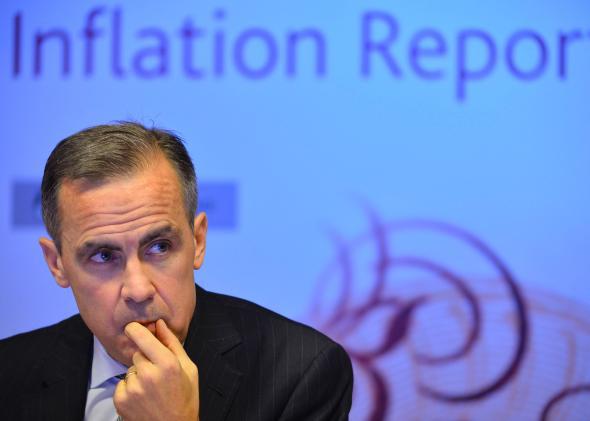Larry Summers’ brief talk on the negative interest-rate problem has set of a crazy of econoblogosphere talk about “secular stagnation” and persistent economywide demand shortages. (Daniel Alpert, who published a good book called The Age of Oversupply, recently must be frustrated that he failed to kick off this craze.) I want to try to restate what the relevant puzzle is in a way that I think meets Tyler Cowen’s objections.
My story goes like this. We used to know what a supply-constrained economy looked like. It looked the way Argentina’s looked in recent years. Or the way India looked in 2012. Or the way China looked in the summer of 2011. Or of course the way America looked in the 1970s. That is to say, in a supply-constrained economy, efforts by the government to promote or maintain full employment lead to widespread inflation. The United States, however, has not had widespread inflation since at least 1989. You might consider this a vindication of Ronald Reagan’s supply-side reforms, a vindication of globalization, or whatever you like. But it just hasn’t been an issue.
Instead we’ve now twice had the experience that before the economy “overheats” in the classic inflationary sense, you get a speculative mania in an important asset class. That as stocks in the late 1990s and land (often called “houses” but really land) in the mid-aughts. Under the circumstances, many people—including the president of the United States and Tyler Cowen—now appear to think that monetary policy should stop stimulating even in the absence of either full employment or inflation for the sake of financial stability.
The puzzle is: Why would this be? If the economy is allegedly supply constrained, then where’s the inflation? Why do you get bubbles before you get full employment? In particular, while there are lots of problems you can easily imagine arising from a slowdown in technological growth (slowdown in wage growth, slowdown in GDP growth), it’s difficult to see why this particular thing would happen.
